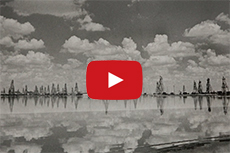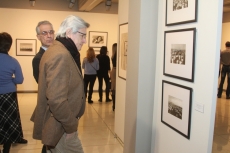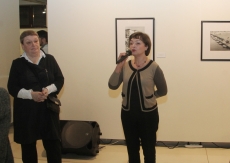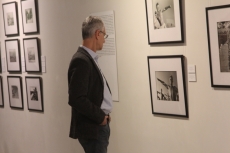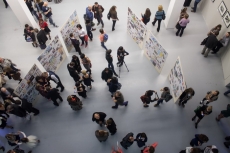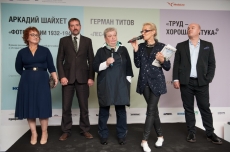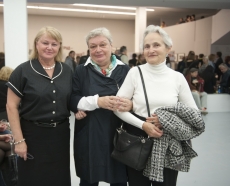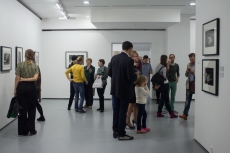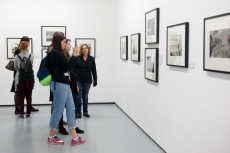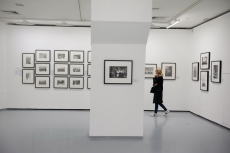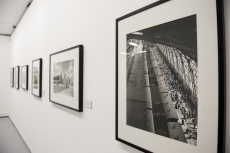Photographs 1932-1941
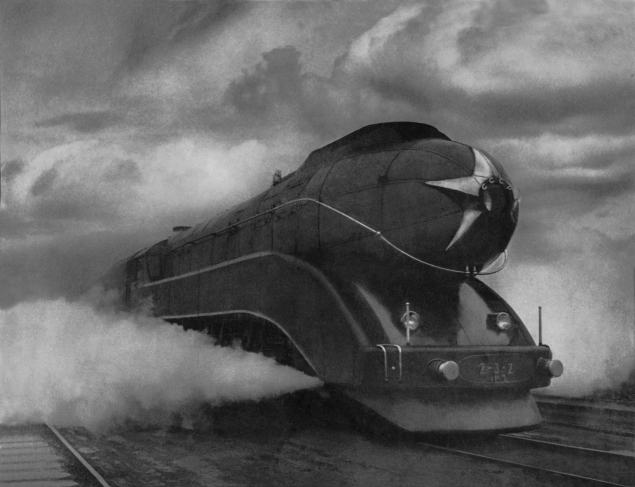
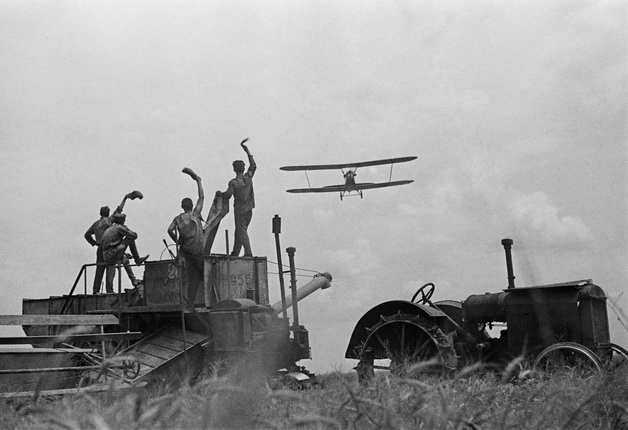

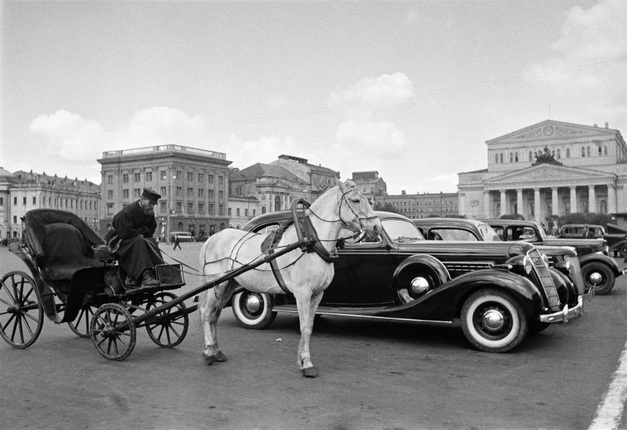
![Arkadiy Shaikhet.
[Okhotnoye Ryad]. Street traffic. Moscow, 1935.
Silver gelatin print](/upload/iblock/f89/f891a34ec84877f36e85cd724260d753.jpg)
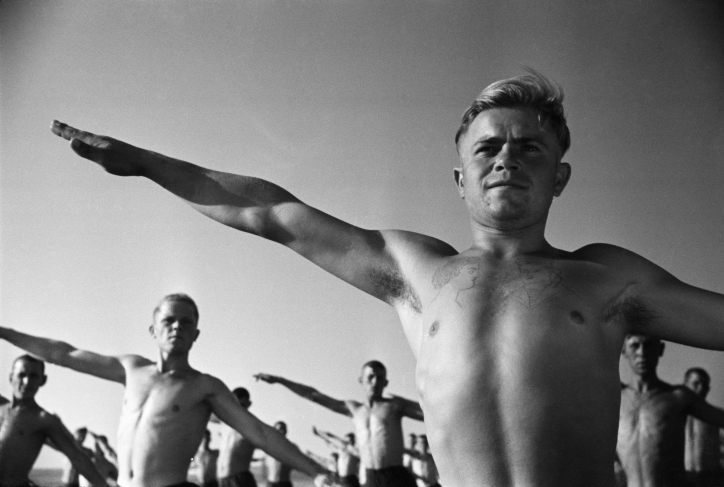
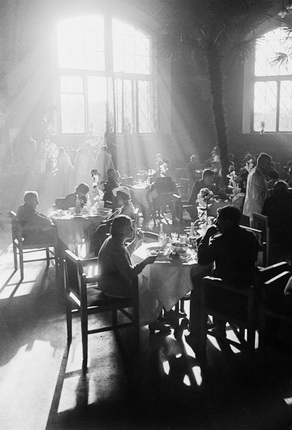


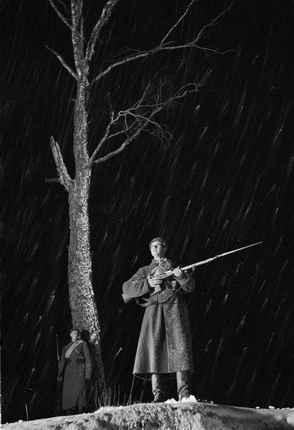


Arkadiy Shaikhet. Express. Moscow, Udelnaya station, 1939. Silver gelatin print. One of two trial versions of the 2-3-2 steam train. Followed the route Moscow-Leningrad
Arkadiy Shaikhet. Tractor and plane. 1936. Silver gelatin print
Arkadiy Shaikhet. Kievsky Station. Moscow, 1936. Silver gelatin print
Arkadiy Shaikhet. Carriage and car. Taxi rank at the Bolshoi Theatre. Moscow, 1935. Silver gelatin print
Arkadiy Shaikhet. [Okhotnoye Ryad]. Street traffic. Moscow, 1935. Silver gelatin print
Arkadiy Shaikhet. Red Army bathing area. Nikolaev, 1932. Silver gelatin print
Arkadiy Shaikhet. Workers' cafe. Rays of light (Kazansky Station Restaurant). 1937. Silver gelatin print
Arkadiy Shaikhet. Viaduct at the Northern (Khimkinsky) River Terminal. Moscow-Volga Canal. 1939. Silver gelatin print
Arkadiy Shaikhet. Silhouette of the Dneprovsky Steel Works at night. May 1941. Silver gelatin print
Arkadiy Shaikhet. Border guard. Night. Snow. Western Ukraine, 10 March 1939. Silver gelatin print
Arkadiy Shaikhet. Spraying the fields. 1930s. Silver gelatin print
Arkadiy Shaikhet. Far East Fleet. Guns. 1939. Silver gelatin print
Samara, 29.01.2015—1.03.2015
exhibition is over
Victoria Art Gallery
Nekrasov street, 2 \ Gorkiy street, 125
www.gallery-victoria.ru
Share with friends
Куратор: Maria Zhotikova-Shaikhet
Exhibition shedule
-
19.09.2014—23.11.2014
Moscow
Multimedia Art Museum
-
29.01.2015—1.03.2015
Samara
Victoria Art Gallery
For the press
The Russian Association of Proletarian Photographers (ROPF) was formed between 1931 and 1932, and Arkady Shaikhet actively participated in its activities. Alexander Rodchenko became one of the leaders of the ‘October’ group. Despite their differing views, photographers in these groups constantly collaborated and made use of one another’s work experience, while candidly standing up for their own opinions.
However, this was a turning point: photography, like all the official art of the 1930s, was charged with implementing the slogan ‘The country must know its heroes’. Open searches for new forms ceased. Authorial individuality and self-realisation as such were no longer the primary concern of the artist. Propaganda, agitation and the creation of a new image for the country came to the fore. But talent, skill and professionalism remained. All of these appeared at a new stage in the work of Arkady Shaikhet.
Archive photographs and negatives had to be destroyed — the contents of photojournalists’ archives were carefully controlled. Rykov, Bukharin (Shaikhet photographed him very often), Zinoviev, Kamenev, Radeka and Tukhachevsky all disappeared from the scene, and images of them also had to disappear. Only neutral figures could remain in the family archive: Lunacharsky, Kirov, Krupskaya, Gorky, Dzerzhinsky, Yaroslavsky, etc. Arkady Shaikhet developed and printed his photographs at home. The whole family assisted him in this, washing, rolling out the photographs on glass, glossing and trimming. His son Anatoly did the retouching.
From 1930 Arkady Shaikhet produced materials for the magazines ‘USSR in Construction’, ‘Our Achievements’, ‘Construction of Machine-Tractor Stations and State Farms’, ‘Projector’, ‘Behind The Wheel’, ‘Soviet Photo’; for the newspapers ‘Pravda’ (for this publication he photographed ‘Greeting the Chelyuskinites’) and ‘Fotokor’; and for various illustrated editions produced by the Zhurgaz publishing conglomerate.
Completely engrossed in his work, he constantly travelled on shoots for Soyuzfoto and the All-Union Agriculture Exhibition. The geography of Shaikhet’s photography commissions is the geography of the Soviet Union. Here is a list of his trips for 1937 alone: Khabarovsk, Vladivostok, Grodekov, Khanka, Voroshilov, Simferopol, Yalta, Sevastopol, Zaporozhye, Leningrad, Lozovaya, Kharkov, Baku, Mineralniye Vody, Dnepropetrovsk, Kiev, and so on.
In 1938 Arkady Shaikhet was dismissed from the editorial staff of ‘Ogonyok’ magazine and his work was no longer published in the magazines ‘Soviet Photo’ and ‘USSR in Construction’. In September he was engaged by a new publication, the ‘Illustrated Gazette’. It was in 1939 that Shaikhet took his best image, or more precisely, photo-picture ‒ ‘Express’, the image of a country heading towards a glorious future.
В 1932-1941 Arkady Shaikhet’s works were published in ‘anniversary’ albums. These included ‘Soviet Subtropics’ (1934), ‘Worker-Peasant Red Army’ (1934), ‘10 Years of Uzbekistan’ (1935), ‘Industry of Socialism’ (1935), ‘On Railway Transport of the USSR" (1935), ‘Food Industry’ (1936), ‘Generation of Victors’ (1936), ‘First Cavalry’ (1936), ‘20 Years of Soviet Rule’ (1936), ‘Soviet Children’ (1936), ‘Soviet Tajikistan’ (1937), ‘Food Industry’ (1937), ‘Wives of Engineers’ (1937), ‘Moscow Is Reconstructed’ (1938), ‘Review of the Triumphs of Socialist Agriculture’ (1940) and ‘On the 20th Anniversary of Kazakhstan’ (1940). For an exhibition about the achievements of the Socialist country in the USA the albums ‘Collective Farm’, ‘Soviet Photography’, ‘Soviet Arctic’, ‘Soviet Aviation’, etc., were issued from 1939 to 1940. Arkady Shaikhet’s photographs were included in these publications.
While producing many photographs for periodicals, Shaikhet participated in All-Union Exhibitions — in 1936 he was awarded a Grade I Diploma at the First All-Ukrainian Photo Art Exhibition in Kiev, from 1937 to 1938 he presented his photographs at the First All-Union Photo Art Exhibition, including the outstanding image ‘Kiev Station’, and received a Grade I Diploma. Under the auspices of the All-Union Society for Cultural Relations with Foreign Countries Shaikhet also exhibited his work abroad: in 1935 at the XXX International Salon in Paris and in 1936 at the IX International Salon in Antwerp, while in 1937 he participated in the ‘Contemporary Russian Photography’ exhibition in London.
Maria Zhotikova-Shaikhet

